SGEM#210: (Don’t) Let it Bleed – TXA for Epistaxis in Patients on Anti-Platelet Drugs
The Skeptics' Guide to EM
MARCH 10, 2018
Guest Skeptic: Dr. Justin Morgenstern is an emergency physician and the Director of Simulation Education at Markham Stouffville Hospital in Ontario. Guest Skeptic: Dr. Justin Morgenstern is an emergency physician and the Director of Simulation Education at Markham Stouffville Hospital in Ontario. AEM March 2018. AEM March 2018.



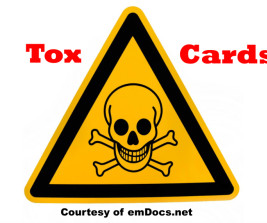
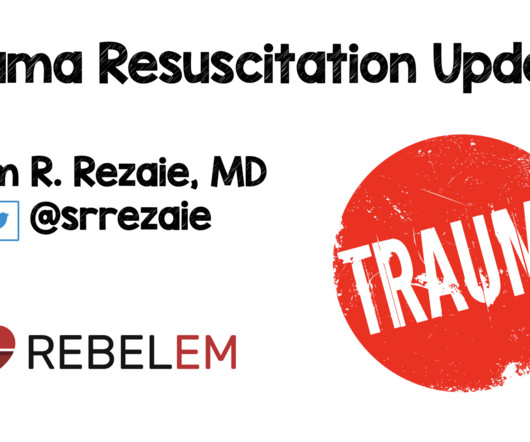






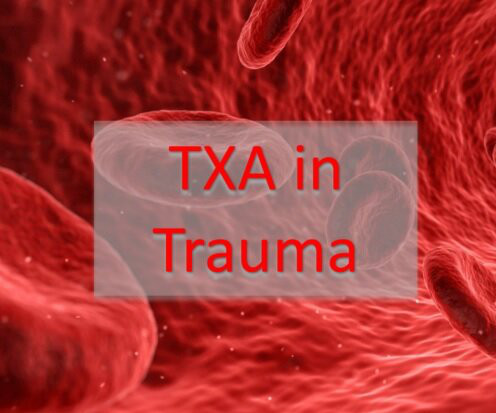



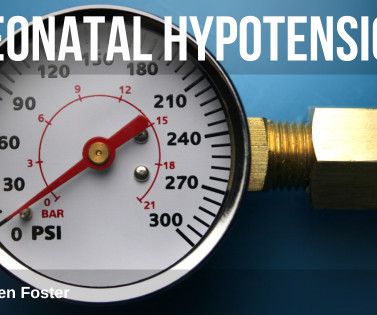
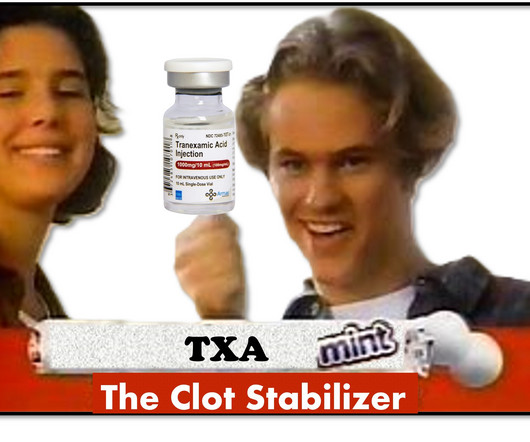











Let's personalize your content